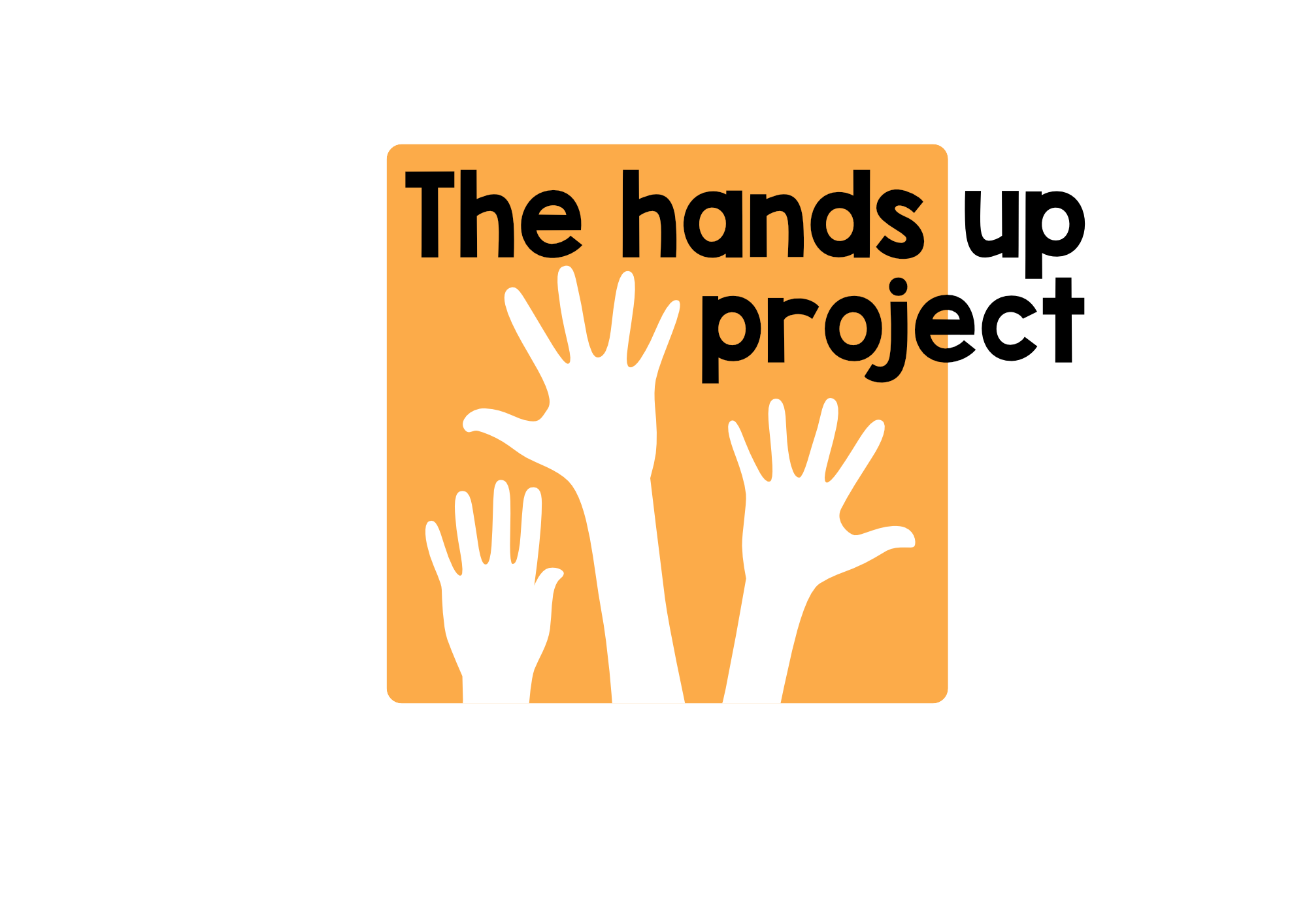A few of my favourite things
This week we have a post from long term HUP volunteer, Madeeha Manzur. Madeeha is a teacher in a primary school in Rawalpindi, Pakistan and every week she connects to a class of children in a school in Nablus, Palestine. But unlike most of our volunteers who tell stories or teach English by interacting themselves with the children in Palestine, Madeeha does it slightly differently by enabling the children she works with in Pakistan to do so. I think she's doing a wonderful job and you can see by the faces of the children in the pictures that they are all getting a lot out of the experience. Over to you Madeeha...
Having altogether different mother tongues can give rise to a lot of confusion while communicating but these limitations can be used to the advantage of language learners with limited vocabulary. All they need is a topic they feel motivated about. Children love to talk about their favourite belongings. They also feel curious to know what others find favourite and why. Hence “Favourite Belongings” can be an excellent choice for a speaking lesson topic. In multilingual classes where English is the only common language, students have no other choice but to negotiate the meanings of unfamiliar words and they can learn a lot from this experience.In a recent class while connecting my classroom with Palestinian students. I made small teams and challenged students to find out as much information as possible about the favourite belongings of the students on the other side of the computer. Here’s how the negotiation happened:
Student 1: What’s your favourite belonging?
Student 2: It’s this watch.Student1: It’s beautiful. Who gave it to you?
Student 2: My…umm…my KhalaStudent 1: Who’s khala?
Student 2: She is my mother’s sister.
Student 1: Oh! Aunt you mean.
Student 2: Yes! Yes!
This is an excellent activity to provide opportunities for language exposure, language activation and critical thinking.
Here’s an extract of another conversation that went something like this:S
Student 1: My favourite thing is this fidget spinner. It glows in the dark and it spins.
Student 2: Tell me again please. What does it do?
Student 1: When I turn all lights off, it glows in the dark. It becomes bright.
Student 2: Does it have a light?
Student 1: No. It has no light. It just glows. Wait I’ll show you.
(Student turns off all lights and holds the glowing spinner at some distance from the computer)
They later spoke about how the spinner spins, the bearings present in the centre, how it can be dismantled and reassembled again and it’s different varieties present in the market. Since students are writing down the information, they sometimes even ask for spellings.





